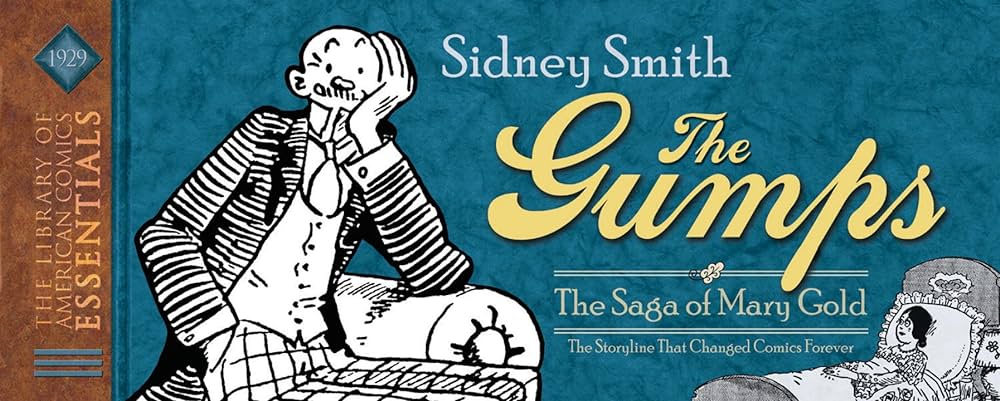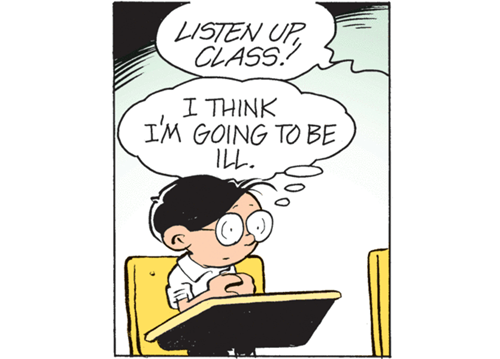Wayback Whensday – MADly Listed
Skip to commentsSpy vs. Spy, Brother Jonathan, and 20 Trailblazing Comic Strips That Changed the Game
Spy vs. Spy and Antonio Prohías
The seventy-first issue of MAD Magazine, cover dated June 1962, contains a noteworthy entry in Antonio Prohías’ Spy vs. Spy, a comic strip depicting Looney Tunes-style espionage between two pointy-headed, monochromatic secret agents. This particular installment isn’t the series’ best strip: it’s not the one with the most elaborate explosions, the most clever ending, or the one that’s most exemplary of Prohías’ precise and peerless art style. But it is, for me, the most Spy vs. Spy strip ever, the one that best distills the already simplified distillate and sums up the whole enterprise.


This is the essence of Spy vs. Spy: delightfully stupid without ever being mean, delightfully simple without ever being dumb. Prohías’ comics are as perfect an example of the medium as you’re ever likely to find—even more so, I’d argue, than other all-time strips like Peanuts or Calvin and Hobbes, since its wordless pantomime operates so effortlessly using the mechanics of graphic narrative as its sole language. The above strip works so well because it forgoes high-concept gadgetry to make the petty, low-stakes reality of the spies’ eternal struggle that much clearer. It’s a perfect way to frame the proceeding complexities of the franchise as a whole.
Gyasi Hall at the appropriately named Longreads appreciates the 20+ pre-MAD year career and the 25+ year Spy vs. Spy career of cartoonist Antonio Prohías as “an unmatched artist whose simple style belied his immense talents, and his mastery of cartoon logic and physical comedy puts him up there as one of the greatest cartoonists ever.”
**********
Brother Jonathan, the Predecessor to Uncle Sam
It was a typical appearance for this young and brash character, who first entered political cartoons during the Revolutionary War, inspired by Jonathan Trumbull, governor of Connecticut and a close wartime adviser to George Washington. Brother Jonathan became a wartime mascot, embodying the upstart energy of the early United States.

Brandon Tensley at The Smithsonian Magazine only takes a few paragraphs for his Brother Jonathan vs. Uncle Sam comparison. “Over the next few decades, as the country outgrew this rambunctious youngster, he was slowly edged out by the figure we now know as Uncle Sam.”
**********
20 Trailblazing Comic Strips That Changed the Game
Jessica Plummer at BookRiot returns with another list: 20 Trailblazing Comic Strips That Changed the Game.
… every so often, something new arrives. In all this long and storied history, what are the strips that changed the game? Which introduced new formats, storytelling methods, themes, and voices to a crowded field? Which strips became household names in their times or remain beloved years or decades after ending?
She does “[exclude] any strip that was already on my Longest-Running Comic Strips of All Time list.”
Due credit to Little Nemo in Slumberland, Peanuts, and Krazy Kat for trailblazing.
But even so…


The Gumps introduced soap opera to the comics pages. If not George Storm’s Phil Hardy at least give Roy Crane credit for popularizing the adventure strip. Then there was Noel Sickles and Scorchy Smith where “straight” cartooning brought a new realization to adventure comics art. Bud Fisher copyrighted his Mutt and Jeff bringing new power to cartoonists. Li’l Abner brought politics to the comics pages long before the mentioned Pogo.
Maybe cut the list in half, add Tarpé Mills or Dale Messick, and retitle the list to highlight women cartoonists.
feature image from the cover of George Lockwood’s book
Peanuts, Pogo, and Hobbes: A Newspaper Editor’s Journey through the World of Comics


Comments 1
Comments are closed.